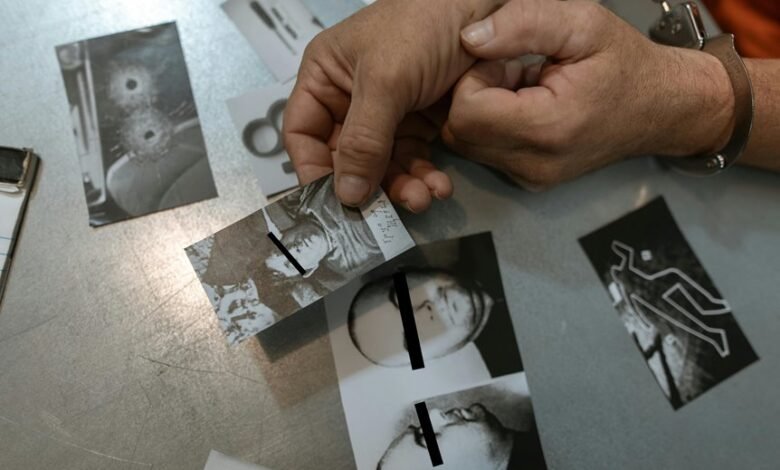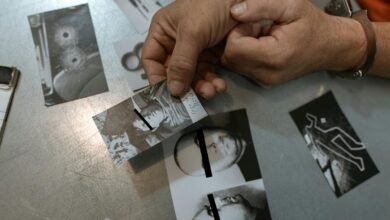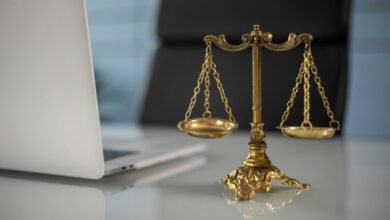Photoacomapnha: The Impact of Images in the Judicial Process

The integration of visual evidence in legal proceedings has fundamentally altered how cases are presented and understood. Photographs and videos can clarify complex narratives, often swaying juror perceptions and decisions. This shift raises critical questions about the admissibility and integrity of such evidence. As the role of images expands, the implications for justice and transparency become increasingly significant. What standards must be established to ensure that this powerful tool is used responsibly?
The Evolution of Visual Evidence in Legal Proceedings
As legal systems have evolved, the integration of visual evidence has transformed the landscape of judicial proceedings.
This digital transformation has necessitated a reevaluation of evidentiary standards, ensuring that such evidence meets rigorous criteria for admissibility.
The incorporation of images and videos enhances the clarity of complex cases, ultimately fostering a more transparent judicial process that aligns with the principles of justice and freedom.
Case Studies: Images That Changed the Course of Trials
The role of visual evidence in legal proceedings has often proven pivotal, with specific images significantly influencing the outcomes of trials.
Iconic photographs have emerged as critical elements in courtroom drama, swaying juries and altering perceptions.
Notable case studies demonstrate how powerful visuals can encapsulate complex narratives, thereby reinforcing arguments and shifting the trajectory of justice in profound ways, ultimately underscoring the impact of imagery in legal contexts.
The Psychological Influence of Visuals on Juror Decision-Making
While jurors strive to base their decisions on facts and evidence, the psychological influence of visuals can significantly sway their interpretations and judgments.
Visual cognition enhances emotional appeal, often leading jurors to prioritize compelling images over rational analysis.
This phenomenon underscores the need for a critical examination of how visuals are presented in court, as they can distort perceptions of truth and justice.
Conclusion
In conclusion, the integration of visual evidence in legal proceedings profoundly alters the judicial landscape, enhancing clarity and juror comprehension. For instance, the use of video footage in the trial of George Floyd’s death played a pivotal role in shaping public perception and legal outcomes, highlighting the power of images to convey complex narratives. Such examples underscore the necessity of establishing rigorous standards for admissibility to maintain the integrity of the judicial process while leveraging the persuasive power of visuals.





